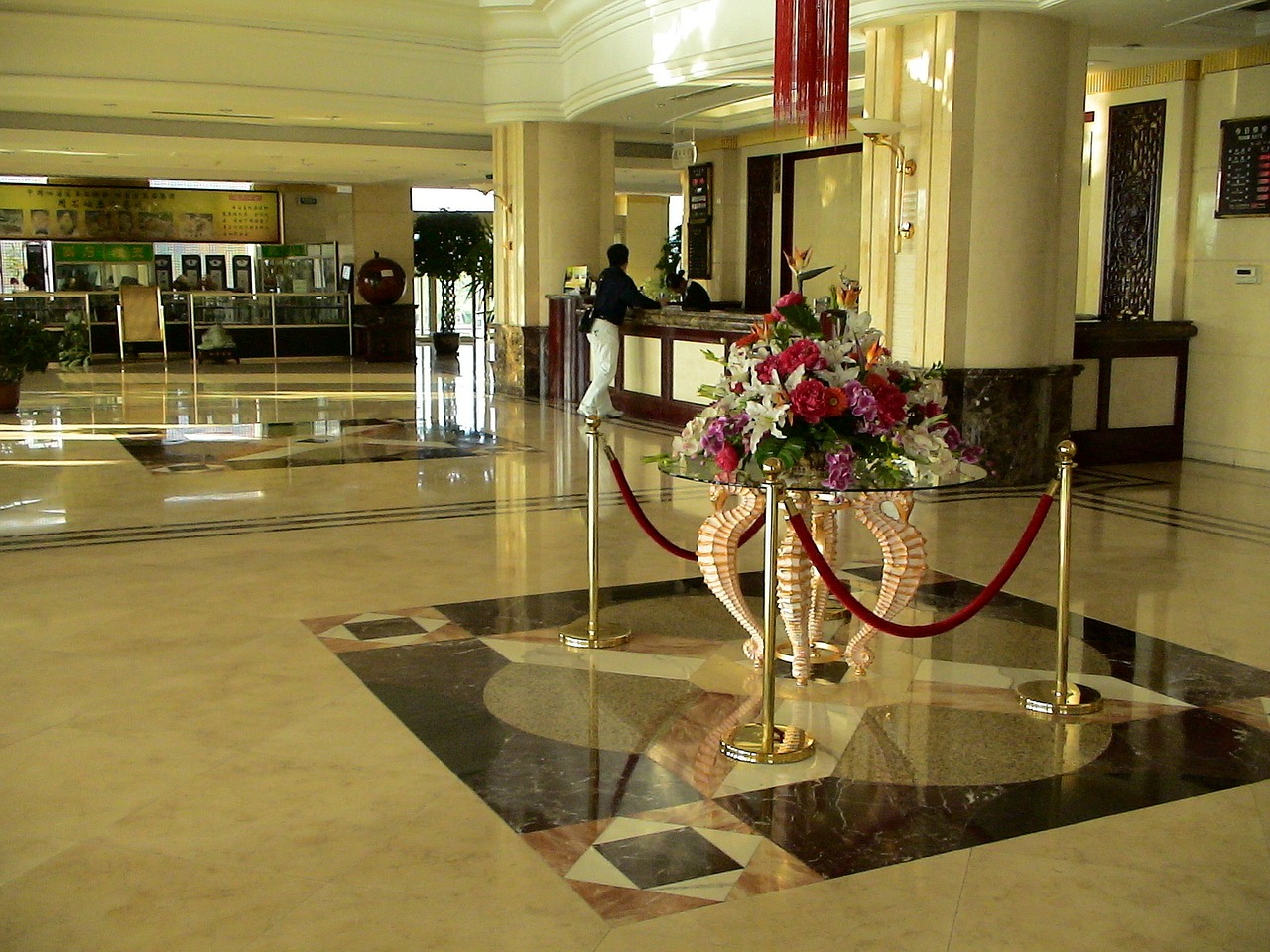South East Asia has seen a big bang in travel and hospitality sector. The region has an ever growing number of a year over year inbound and outbound tourists. Stay options are scattered in every nook and corner of the region. This growing stay segment is offering a lot of challenges and competitive edge to players in the market. As the alternate stays seem to gain roots in the hearts and mind of the travellers, hotels are on a prowl to experiment with the in-house experience building to inculcate that ogling wow factor.
Technology has been a pivotal mean to bring the millennial with a gripping experience. Until now, the technologies available have suffered from three significant limitations: accuracy, granularity and power consumption. This is where beacons come into the picture. Beacons have been successful in solving problems with respect to location as it is one of the most powerful triggers of action.
Beacons technology has eminently removed front desk formalities and facilitated keyless entries. In-room controls are another aspect where beacons have elevated guest experience. However, future implications could take a different scenario as the technology graduates day by day. Take a look at few areas where beacons can drastically change the way guests experience their stay.
Indoor Navigation
Hotels can enable a mobile user to navigate and interact with specific regions geo-fenced using beacons. These devices can be used to determine the position of a guest in a large hotel, and direct him to his room. These can also be used to build an interactive tour of a hotel or a resort, where users’ attention is directed to specific exhibits as they walk freely within the building.
Real-time offers
In hotel marketing is a major aspect of making a stay comfortable and memorable. Beacons can assist in rewarding push offers while the guest is on a move to the premises. Using beacons, hotels can define targeted ‘micro-locations’ to trigger an alert, an offer or a special discount for a beverage to a guest who is already at the bar.
In-room service
The beacon inside the room is aware that the guest is in the room. The app in the guest’s device is aware of his/her choice of cuisine and other preferences. The guest can have a look at the menu, watch a video of where the ingredients come from and how the dish is prepared. Once he has made his decision, he can place the order.
Limit areas for access to kids
Beacons enable tracking the whereabouts of kids throughout the premises making it easier for the parents to locate them. Plus it also helps to integrate into the package all the purchases made from different locations by the kids.
Analyse customer behaviour for personalization
Beacons can be used for gathering data to gain insights into customer behaviour and use it to improve the overall guest experience. They can be used to measure how much time visitors spend at different locations of the hotel, or which areas are most popular when guests walk around the property. This can add a personalised touch to the entire stay and hence enhance the guest experience.
Since the alternate stay options are cropping up and the market is flooded with making customers happy and their stay experiential, beacons provide a way to differentiate from the competition and by far one of the ways to survive in the industry. For hotels in the midrange to top ends, beacons would add an extra factor to get an edge above the alternate segments.


















